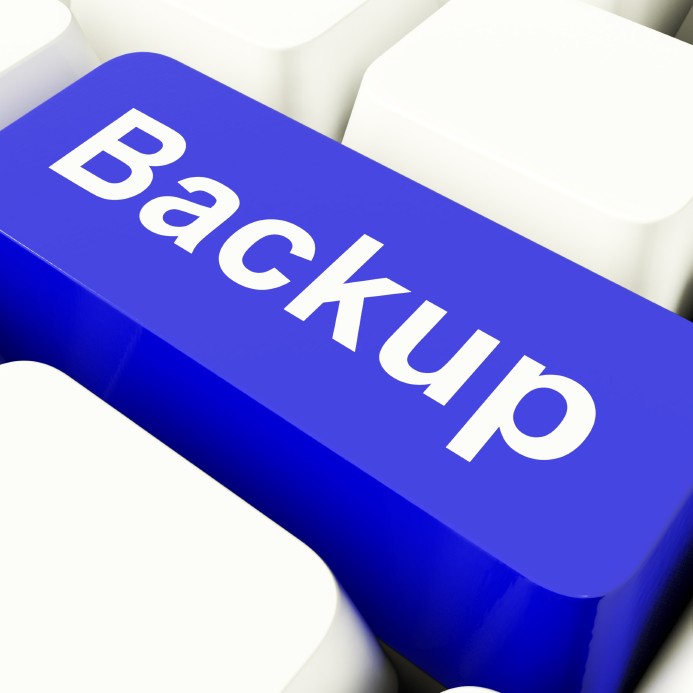Disasters, either natural, man-made or technological, happen whether we want them to or not. We all have lived through at least one disaster situation in the past 10 years, either in our workplace or at home. Who doesn’t remember the terrible Hurricanes that attacked parts of the U.S., like Sandy, Rita, Katrina or Ivan, and the devastating Lac-Mégantic train derailment in 2013 right here in Québec. One of Montreal’s most famous and expensive disasters was the 1998 Ice Storm, where many homes and businesses didn’t have power for many days/weeks. Read more
Posts
In this article, I wanted to share with you what I’ve learned over the years and answer some of the questions small and medium-sized businesses have about data backup and security, restoration and disaster recovery. I’m also going to look at these 3 different processes, which are a real business continuity solution.
Let me start by addressing each topic on its own, explaining its advantages, and in the last section I’ll put together the difference between the different terms.
Read more
Data backup, recovery, disaster; three of the most sensitive topics for business owners and executives. Questions that are being raised more and more, due to the accessibility and affordability of technology in small to mid-size enterprises, include ‘How much time does it take for my business to go back to normal in case of data loss caused by a natural disaster or hardware malfunction?’ and ‘what is the committed response time of IT professionals in case of a disaster at my company?’ The goal of course of every executive is to reduce business losses (revenues, data, time) by having the quickest recovery possible. Read more
My team and I often receive the following questions by IT staff and business executives of small to mid-size businesses:
- “What are the dangers that we aren’t aware of by using the backup and restore solution we currently have in place at our company, i.e. tape drive, storage device, etc?”
- “How can a business continuity solution handle our backup needs better than my current backup solution?”
- “What are the differences between these two solutions; backup and restore versus business continuity?”
In this article, I will highlight the main differences between a traditional data backup and restore solution and a business continuity solution.
I will emphasize the major differences based on the most commonly used backup solutions in the SME market versus QBR, the “hybrid” business continuity solution, which we have been implementing in the small and mid-size market, as a disaster recovery solution.
Let’s begin with a few key definitions and terms. Read more
In this article, following my previous blog “Data Restore and Disaster Recovery: Is your business protected?”, I will go a step further and explain why it’s important for business owners and enterprise executives to have a business continuity solution at their company and how to find the right one for their business. Read more

Today’s business environment is very competitive, as lead-time to deliver, response time, and quality and speed of customer service are all becoming critical factors for the success of any enterprise. More and more small and mid-sized enterprises are continuously faced with new challenges in which they have to overcome in order to compete and progress in their industry.
One of the critical challenges for SMEs is to make sure that the data and systems used to run their day-to-day business operations are safe. Finding solutions to safeguarding their systems continuity and recovery after an IT failure or a major disaster that might happen to their servers or critical workstations is needed.
Certainly any company can restore its data after a failure, however the key to any truly successful restoration is the amount of time it takes. Therefore, how can companies shorten the time of recovery without major upfront investments?
CONTACT US
400 Blvd Curé-Labelle, #304 Laval QC H7V 2S7 Canada
Phone: +1 450-681-3009
Email: support@namtek.ca
Website: https://www.namtek.ca/
Latest Blog Posts
NEWSLETTER
Subscribe today to our Newsletter in order to stay up-to-date with all company news and events.

